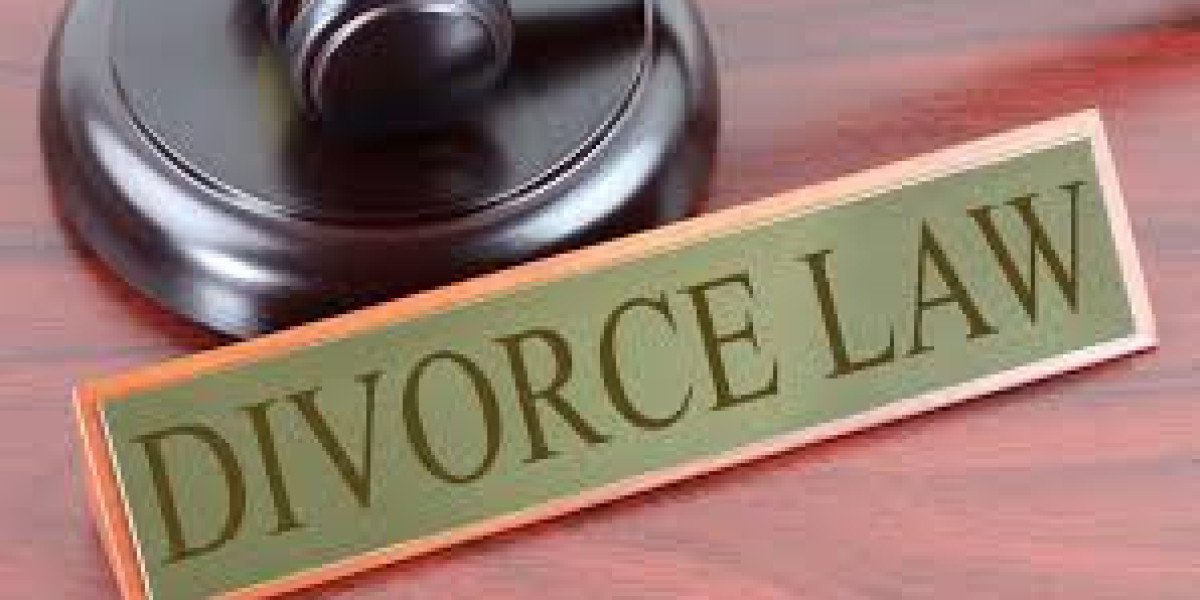Coriolis meters are widely used in various industries, including oil and gas, chemical processing, and food and beverage, to measure the mass flow rate of fluids. To ensure optimal performance and accuracy, Coriolis meters require regular calibration. Calibration is the process of adjusting the meter to match the actual flow rate of the fluid, and it is essential to perform calibration regularly to maintain the accuracy and reliability of the meter.
Understanding the Calibration Process
The calibration process for Coriolis meters involves several steps. First, the meter is connected to a calibration rig, which is a device that simulates the flow of fluid through the meter. The calibration rig is designed to provide a known flow rate, which is used as a reference point for the calibration process. Next, the meter is adjusted to match the known flow rate, and the calibration is verified by comparing the meter's output to the known flow rate.
Types of Calibration Methods
There are several types of calibration methods used for coriolis meters, including wet calibration, dry calibration, and in-situ calibration. Wet calibration involves flowing a fluid through the meter and adjusting the meter to match the known flow rate. Dry calibration involves using a calibration rig to simulate the flow of fluid through the meter, without actually flowing any fluid. In-situ calibration involves calibrating the meter in the field, using the actual process fluid.
Benefits of Regular Calibration
Regular calibration of Coriolis meters provides several benefits, including improved accuracy, increased reliability, and reduced maintenance costs. By calibrating the meter regularly, users can ensure that the meter is providing accurate and reliable measurements, which is critical for process control and optimization. Additionally, regular calibration can help to identify any issues with the meter or the process, allowing for prompt corrective action to be taken.
Factors Affecting Calibration
Several factors can affect the calibration of Coriolis meters, including temperature, pressure, and fluid properties. Temperature and pressure can affect the accuracy of the meter, and fluid properties can affect the flow rate and density of the fluid. To ensure accurate calibration, it is essential to consider these factors and adjust the calibration process accordingly.
Best Practices for Calibration
To ensure optimal performance and accuracy, it is essential to follow best practices for calibration. These include using a calibration rig that is designed for the specific meter and application, following the manufacturer's calibration procedure, and verifying the calibration using multiple points. Additionally, it is essential to document the calibration process and results, and to perform calibration regularly to maintain the accuracy and reliability of the meter.
Common Calibration Challenges
Despite the importance of calibration, there are several common challenges that can affect the calibration process. These include ensuring that the calibration rig is accurate and reliable, dealing with complex fluid properties, and addressing issues with the meter or process. To overcome these challenges, it is essential to work with experienced calibration technicians and to use advanced calibration equipment and software.
Conclusion
In conclusion, Coriolis meter calibration is a critical process that ensures optimal performance and accuracy. By understanding the calibration process, types of calibration methods, and factors affecting calibration, users can ensure that their Coriolis meters are providing accurate and reliable measurements. By following best practices for calibration and addressing common calibration challenges, users can maintain the accuracy and reliability of their meters and optimize their processes. Regular calibration is essential to ensure that Coriolis meters continue to provide accurate and reliable measurements, and it is critical to work with experienced calibration technicians and use advanced calibration equipment and software to ensure optimal performance.







